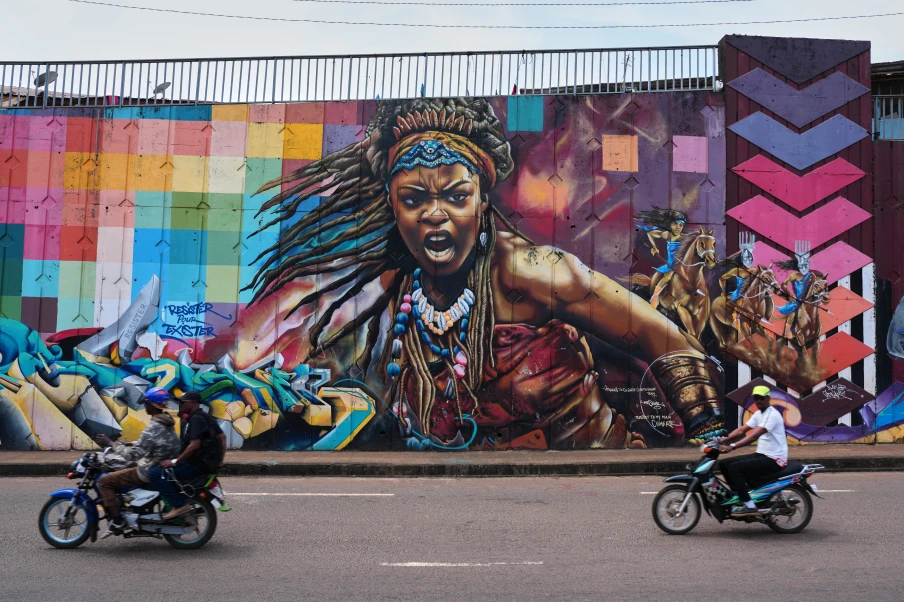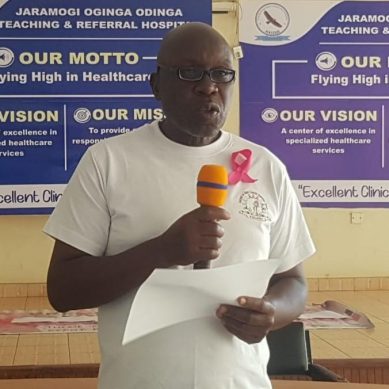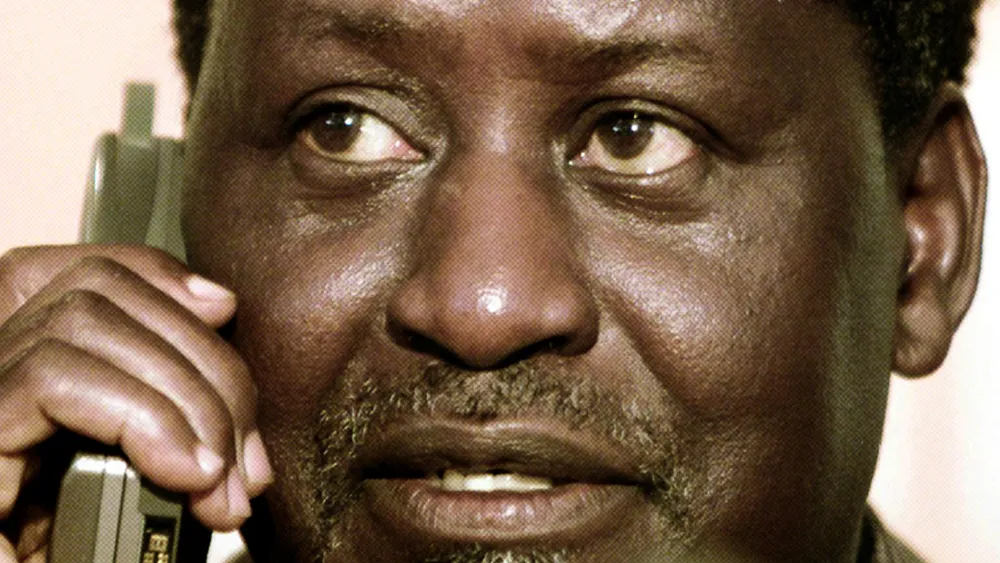
It is in Uganda where a president – Yoweri Tibuhaburwa Museveni – has committed his time, energy and money to push the myths of pure science and the superiority of natural science (and associated professions) over the arts, the humanities and the social sciences.
Never mind that he is an alumnus of Dar es Salaam University, Tanzania, where he studied political science and economics – a social science. Now, Museveni thinks that the arts, humanities and social sciences are not necessary for creativity and innovation.
The president has adopted the stance of compelling every student of Uganda to do natural science subjects at the expense of the other broad fields of knowledge. In the universities he has created a huge gap between the incomes of the knowledge workers in natural science and the other fields of knowledge, paying those in the natural sciences far more than in the other fields.
Even administrators in the universities are now giving preference to knowledge workers in natural sciences and related disciplines of knowledge and practice. They have been politically and presidentially made to believe that the arts, humanities and social sciences have nothing to do with creativity and innovation. This is a fallacy.
Many people have wondered why President Museveni is emphasising natural sciences and related disciplines and fields and advocating against arts, humanities and social sciences when his background is in those fields, and when almost 99.9 per cent of the members of his government also have backgrounds in those broad fields of knowledge.
One reason is that traditionally it has been knowledge workers in those fields who have challenged government laws, policies and choices in development, and many who practice politics, particularly opposition politics, come from those fields. The so-called scientists (those in the natural sciences and related disciplines and fields of knowledge and practice) do not traditionally challenge governments but pay more attention to their work in the laboratories and the field, presumably discovering, creating and innovating.
Apart from paying them far more money in terms of salaries compared to those in the arts, humanities and social sciences, a lot of money has been allocated to them recently to do research, discover, create and innovate.
It is, however, true that there is no pure science that is not polluted by arts, humanities and socials sciences. Neither is natural science superior to these fields. The truth is that to meaningfully and effectively create and innovate all these fields must interact and cooperate. That is why recently I wrote a treatise, ‘Interconnecting Humanities, Arts and Social Science for Environmental Conservation.’
The truth is that:
- Separating natural sciences from arts, social sciences and humanities might limit the potential for interdisciplinary, crossdisciplinary, transdisciplinary and extradisciplinary approaches, which are increasingly recognised as crucial for tackling complex problems in fields like environmental conservation, public health, and economic development.
- Arts, social sciences and humanities provide valuable insights into human behavior, culture and society, which can complement the natural sciences and lead to a more comprehensive understanding of the world.
- The intersection of arts, humanities and social science with natural sciences can foster innovation, creativity and critical thinking, driving progress in various fields, including technology, healthcare, and sustainability.
- Many global challenges, such as climate change, poverty, conflicts, education and conservation require an integrated approach that combines natural sciences with social sciences, arts, and humanities to develop effective solutions.
- Separating disciplines might limit opportunities for collaborative research, knowledge sharing and student learning, potentially hindering Uganda’s academic, intellectual, economic growth, transformation and progress well in the future.
- Separating the arts, humanities and social sciences from the natural sciences in a school, university or workplace can cause inferiority and superiority complexes among knowledge workers, teachers and students and make the leaning environment unsuitable. Or else labour conflicts may arise on an incremental basis even in government itself.
Now below, I want to list some people from the arts, humanities and social sciences who actually created and innovated (Table 1) There are however, very many who did and are know known in the history of creating and innovating.
Table 1. Non-natural scientists who created and innovated.
- Steve Jobs: Studied calligraphy and typography at Reed College, which influenced the design of Apple’s products.
- Reid Hoffman: Co-founder of LinkedIn, studied symbolic systems at Stanford University, combining philosophy, psychology, and computer science.
- Jony Ive: Former Chief Design Officer at Apple, studied design at Newcastle Polytechnic.
- Jimmy Wales: co-founder of Wikipedia, studied finance and philosophy at Auburn University and the University of Alabama.
- Joshua Davis: A pioneer in generative art, studied fine arts and illustration.
- Aaron Betsky: An architect and design critic, has written extensively on architecture, design and art.
- Maywa Denki: A Japanese artist and engineer, known for creating musical instruments and machines. He studied sculpture at university.
- Margaret Boden: A British professor of cognitive science and philosopher, known for her work on artificial intelligence and creativity.
- John Maeda: An American designer, computer scientist, and author, known for his work in design and technology.
- John Maeda: An American designer, computer scientist, and author, known for his work in design and technology. He studied fine arts and computer science.
- Neri Oxman: An American-Israeli designer and architect, known for her work in biomaterials and sustainable design. She studied architecture and fine arts.
- Lisa Randall: An American physicist and designer, known for her work in particle physics and cosmology. She studied theoretical physics and philosophy.
- Yinka Shonibare: A British-Nigerian artist known for his installations that explore themes of identity, colonialism, and cultural hybridity using Dutch wax fabrics.
- Matt Jones: A British designer and technologist, known for his work on mobile and ubiquitous computing. He studied fine arts and computer science.
- El Anatsui: A Ghanaian sculptor who transforms discarded materials into monumental art installations that explore themes of consumption, waste, and transformation.
- Faith Ringgold: An American artist known for her quilt-based narrative art that explores themes of identity, culture, and social justice.
- Babatunde Olatunji: A Nigerian drummer who helped popularize African music in the West and was a pioneer of world music.
- Miriam Makeba: A South African singer and civil rights activist who popularized African music globally and was a vocal opponent of apartheid.
- Wole Soyinka: A Nigerian playwright and poet who was the first African to win the Nobel Prize in Literature in 1986.
- Chimamanda Ngozi Adichie: A Nigerian novelist and feminist writer known for her works that explore themes of identity, culture, and social justice.
- Nadine Gordimer: A South African writer who won the Nobel Prize in Literature in 1991 for her works that explored themes of racial and economic inequality
- Kaye Song: A designer and winner of the Arts Foundation Futures Award in 2025.
- TK Hay: A theatre artist and winner of the Arts Foundation Futures Award in 2025.
- Arinze Ifeakandu: A literary innovator and writer known for his debut collection of short stories that explore themes of faith, family, and queer relationships in Nigeria.
- Yalie Saweda Kamara: A Sierra Leonean-American poet who celebrates cultural heritage and identity through her work.
- Richard Turere: A Maasai inventor who created a system to protect livestock from predators using flashing LED lights.
Several African innovators and inventors, while not primarily natural scientists, have made significant contributions through practical applications and problem-solving:
- Garrett Morgan, invented the gas mask and traffic signal. He did not have elementary school education.
- Sarah Goode was the first African American woman to receive a patent, for a folding cabinet bed.
- Marie Van Brittan Brown, devised an early security unit for her own home.
- In 1966, Brown invented a system that used a camera that could slide into and look through four peepholes in her front door.
- Alexander Miles in 1887 invented electric elevator.
- James E. West in 1964 co-invented electret microphone
- Mark Dean co-invented Color IBM PC Monitor and Gigahertz Chip, 1980-199
These individuals showcase how arts and humanities backgrounds can lead to innovative contributions in various fields, from technology and design to science and art. Therefore it does not make sense to segregate the arts, humanities and social sciences from natural science when we genuinely want to promote creativity and innovation in Uganda.
For God and my country.
- A Tell report / By Oweyegha-Afunaduula / Environmental Historian and Conservationist Centre for Critical Thinking and Alternative Analysis (CCTAA), Seeta, Mukono, Uganda.
About the Centre for Critical Thinking and Alternative Analysis (CCTAA)
The CCTAA was innovated by Hyuha Mukwanason, Oweyegha-Afunaduula and Mahir Balunywa in 2019 to the rising decline in the capacity of graduates in Uganda and beyond to engage in critical thinking and reason coherently besides excellence in academics and academic production. The three scholars were convinced that after academic achievement the world outside the ivory tower needed graduates that can think critically and reason coherently towards making society and the environment better for human gratification. They reasoned between themselves and reached the conclusion that disciplinary education did not only narrow the thinking and reasoning of those exposed to it but restricted the opportunity to excel in critical thinking and reasoning, which are the ultimate aim of education. They were dismayed by the truism that the products of disciplinary education find it difficult to tick outside the boundaries of their disciplines; that when they provide solutions to problems that do not recognise the artificial boundaries between knowledges, their solutions become the new problems. They decided that the answer was a new and different medium of learning and innovating, which they characterised as “The Centre for Critical Thinking and Alternative Analysis” (CCTAA).







